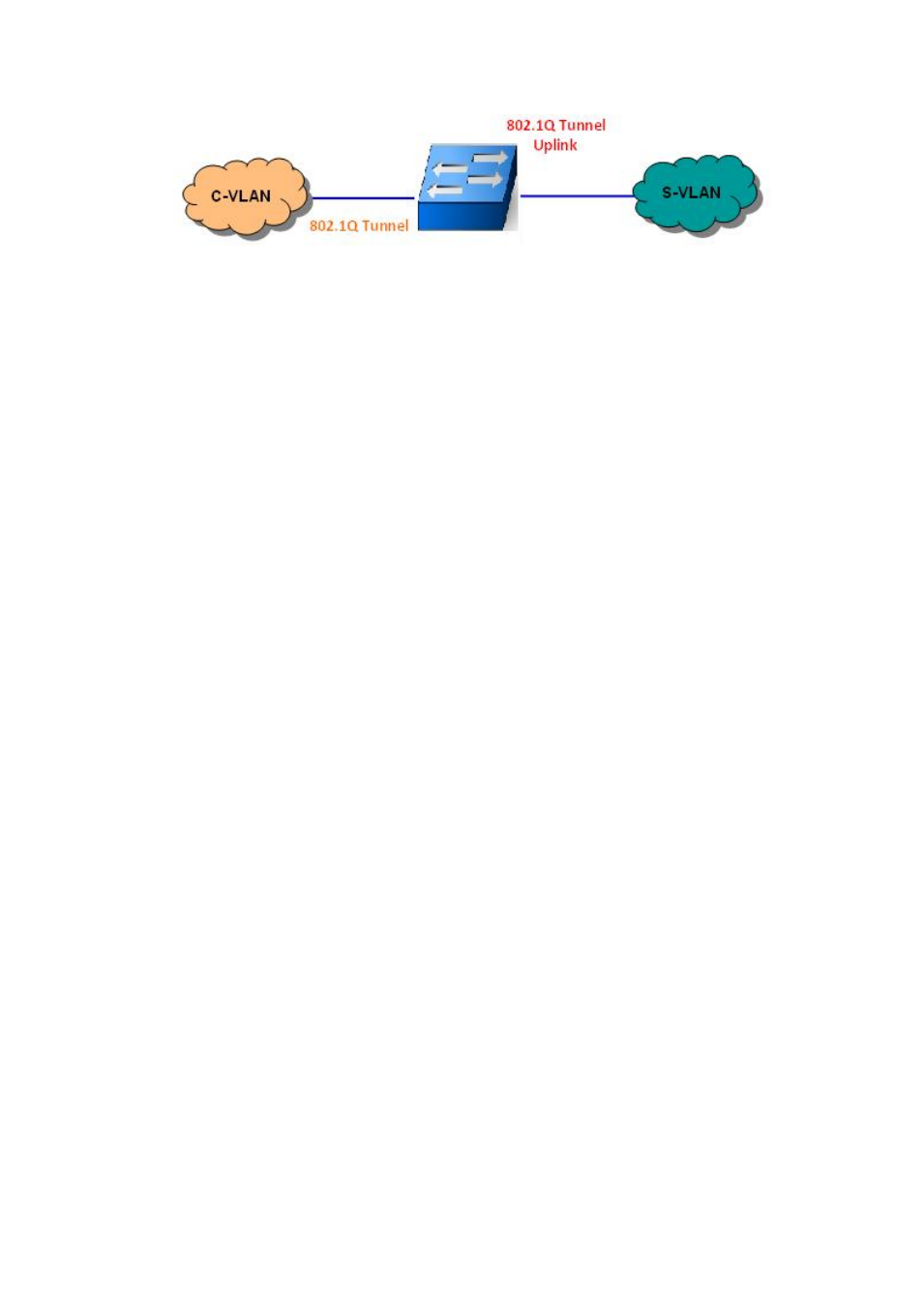Westermo MDI-112-F4G User Manual
Page 82

78
Following is the modes you can select.
None: Remian VLAN setting, no QinQ.
802.1Q Tunnel: The QinQ command applied to the ports which connect to the
C-VLAN. The port receives tagged frame from the C-VLAN. Add a new tag (Port
VID) as S-VLAN VID. When the packets are forwarded to C-VLAN, the S-VLAN
tag is removed.
After 802.1Q Tunnel mode is assigned to a port, the egress setting of the port
should be “Untag”, it indicates the egress packet is always untagged. This is
configured in Static VLAN Configuration table. Please refer to the VLAN
Configuration chapter in below.
802.1Q Tunnel Uplink: The QinQ command applied to the ports which connect
to the S-VLAN. The port receives tagged frame from the S-VLAN. When the
packets are forwarded to S-VLAN, the S-VLAN tag is kept.
After 802.1Q Tunnel Uplink mode is assigned to a port, the egress setting of the
port should be “Tag”, it indicates the egress packet is always tagged. This is
configured in Static VLAN Configuration table. Please refer to the VLAN
Configuration chapter in below.
For example, the VID of S-VLAN/Tunnel Uplink is 10, the VID of C-VLAN/Tunnel is
5. The 802.1Q Tunnel port receives tag 5 from C-VLAN, add tag 10 to the packet.
When the packets are forwarded to S-VLAN, tag 10 is kept.
EtherType: This column allows you to define the EtherType manually. This is
advanced QinQ parameter which allows to define the transmission packet type.
Accept Frame Type: This column defines the accepted frame type of the port.
There are 2 modes you can select, Admit All and Tag Only. Admit All mode means
that the port can accept both tagged and untagged packets. Tag Only mode
means that the port can only accept tagged packets.
Ingress Filtering: Ingress filtering helps VLAN engine to filter out undesired traffic
on a port. When Ingress Filtering is enabled, the port checks whether the